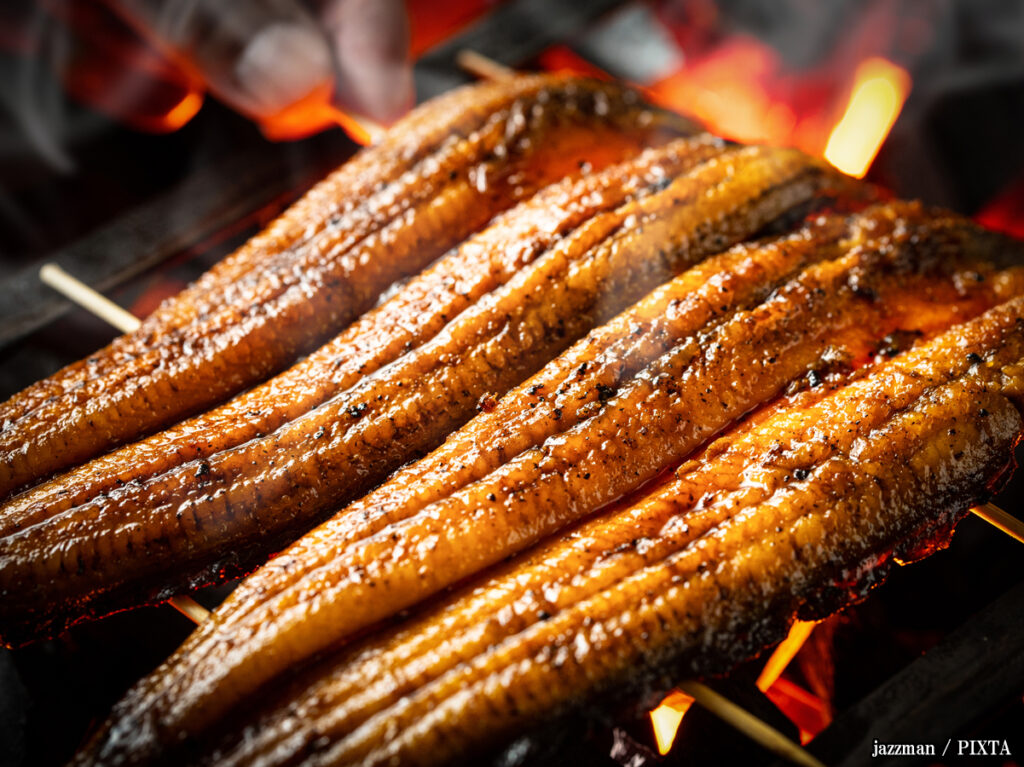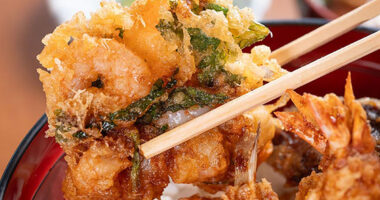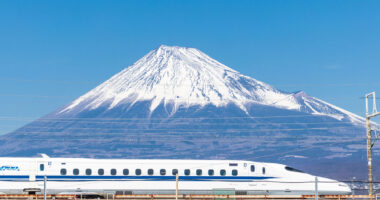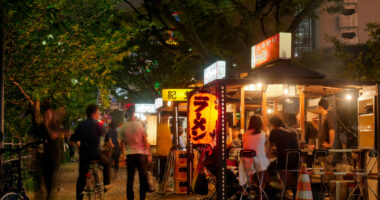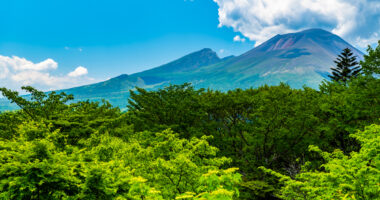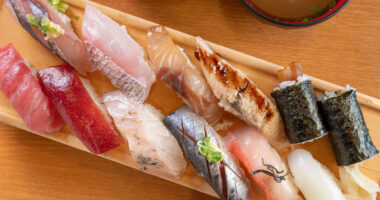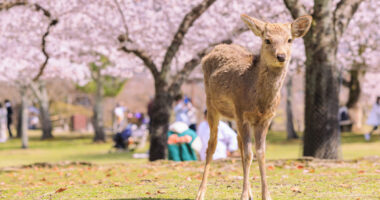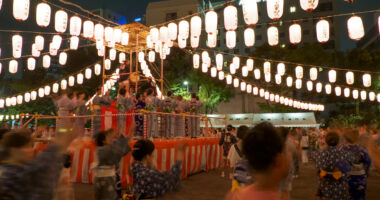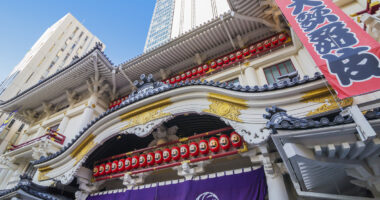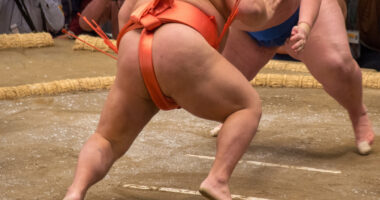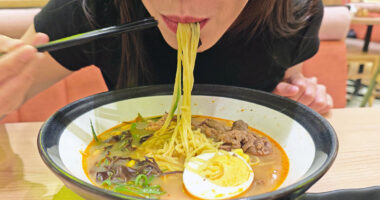Japan’s summers are hot, humid, and exhausting. To cope with the draining weather, many people turn to a seasonal staple: unagi, or freshwater eel. For generations, eating unagi in summer has been more than a culinary preference—it’s a deeply rooted custom based on the belief that it restores energy and helps combat fatigue. The tradition blends cultural habit with practical thinking, grounded in both ritual and nutrition.
- The cultural meaning of Doyō no Ushi no Hi
- Unagi and its health benefits during the heat
- Regional unagi styles: Kansai vs. Kanto
- Where to try authentic unagi in Tokyo, Nagoya, and more
- How to enjoy unagi like a local: grilled, steamed, and seasonal menus
- Final thoughts: Taste a summer tradition that goes beyond flavor
The cultural meaning of Doyō no Ushi no Hi
The tradition of eating unagi in summer is closely tied to a specific day: Doyō no Ushi no Hi, or the “Day of the Ox.” The exact date(s) vary each year—occurring at least once and sometimes twice—but they fall within the doyo period, which marks the transition from summer to autumn. This stretch of time is traditionally considered the hottest of the year, when people are especially vulnerable to exhaustion.
The connection between unagi and Ushi no Hi dates back to the Edo period (1603–1868). A common origin story credits a struggling eel shop owner who was advised—possibly by a doctor or scholar—to promote unagi as a way to endure the summer heat. The campaign played on the idea of eating foods that start with the “u” sound on Ushi no Hi, and this approach proved to be quite effective. Over time, what began as a clever marketing tactic gradually evolved into national custom. Today, Doyo no Ushi no Hi remains one of the busiest days of the year for unagi restaurants across Japan.
Unagi and its health benefits during the heat
In addition to its cultural roots, unagi is also prized for its nutritional benefits, especially during the summer. It’s rich in Vitamin A, which supports vision and immune function, and packed with B vitamins (B1, B2, and B12), which help convert food into energy and combat fatigue. Unagi also contains Vitamin E, an antioxidant that protects cells from damage, along with healthy unsaturated fats, including Omega-3s. These nutrients are believed to support stamina, aid recovery from exhaustion, and help stimulate the appetite during periods of extreme heat. Together, they reinforce unagi’s reputation as a dish that helps the body withstand Japan’s sweltering summers.
Regional unagi styles: Kansai vs. Kanto
Though enjoyed throughout Japan, unagi is prepared differently depending on the region, particularly between Kanto (eastern Japan, including Tokyo) and Kansai (western Japan, including Osaka and Kyoto).
In Kanto-style cooking, the eel is first grilled plain (a method called shirayaki), then steamed, and finally grilled again with a sweet, savory tare sauce. Steaming softens the flesh and removes excess fat, resulting in a tender, delicate texture.
Kansai-style unagi, in contrast, skips the steaming. The eel is butterflied from the belly, grilled (often whole) over charcoal, and basted with sauce as it cooks. When using this method, the skin turns crisp, the texture is firmer, and the flavor more robust. These regional differences reflect broader local preferences, giving unagi a distinct character depending on where it’s prepared.
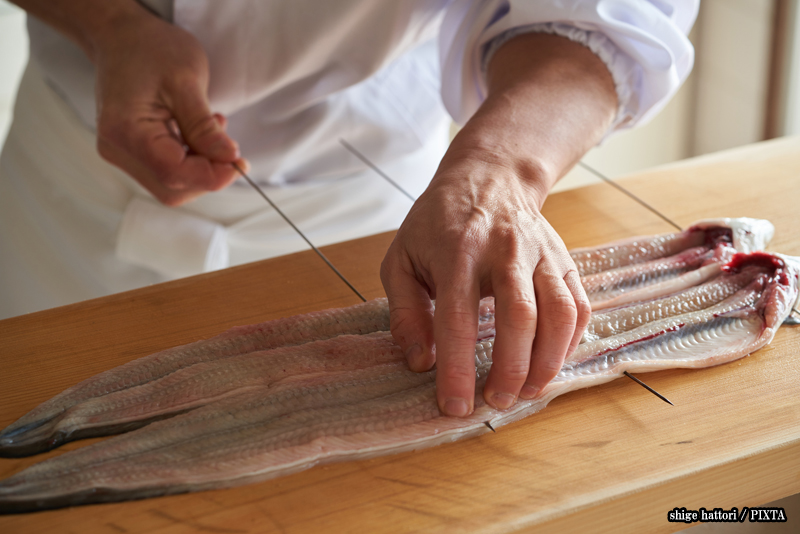
Photo for illustrative purposes
Where to try authentic unagi in Tokyo, Nagoya, and more
Japan has no shortage of restaurants specializing in unagi. These cities and regions stand out for their long-running traditions and distinct approaches:
- Tokyo:
The capital is home to many long-established unagi restaurants, especially in Asakusa and Ginza, where Kanto-style preparation is often a point of pride. - Nagoya:
This city is home to hitsumabushi, a regional specialty where grilled eel is served over rice in a wooden bowl and eaten in stages—first plain, then with condiments like wasabi and green onion, and finally as ochazuke with tea or dashi broth poured over it. - Shizuoka:
As a major producer of freshwater eel, Shizuoka features many restaurants that emphasize freshness and expert preparation. - Yanagawa (Fukuoka):
This scenic town is best known for seiro-mushi unagi, a local dish in which eel is steamed with rice and egg in a bamboo basket.
How to enjoy unagi like a local: grilled, steamed, and seasonal menus
Unagi appears on menus in a variety of forms beyond the standard set meal. Here are a few common and specialty preparations:
- Unajū / unadon:
The most common way to enjoy unagi is over rice—served in a lacquered box as unaju or in a bowl as unadon. The difference comes down to presentation and portion size, with unaju usually offering a larger serving. - Shirayaki:
This preparation skips the usual sweet tare sauce, allowing the clean, natural flavor of the grilled eel to stand on its own. It’s typically accompanied by wasabi and a small dish of soy sauce. Shirayaki might be preferred by those who find tare too sweet or heavy. - Kimoyaki:
A less common but beloved local delicacy is kimoyaki, which refers to grilled eel liver, typically served on skewers. It has a rich, slightly bitter flavor and is often paired with sake. - Seasonal menus:
Although most associated with summer, unagi sometimes appears in seasonal dishes. In autumn, for instance, it may be served with matsutake mushrooms. These variations are usually available for only a limited time.
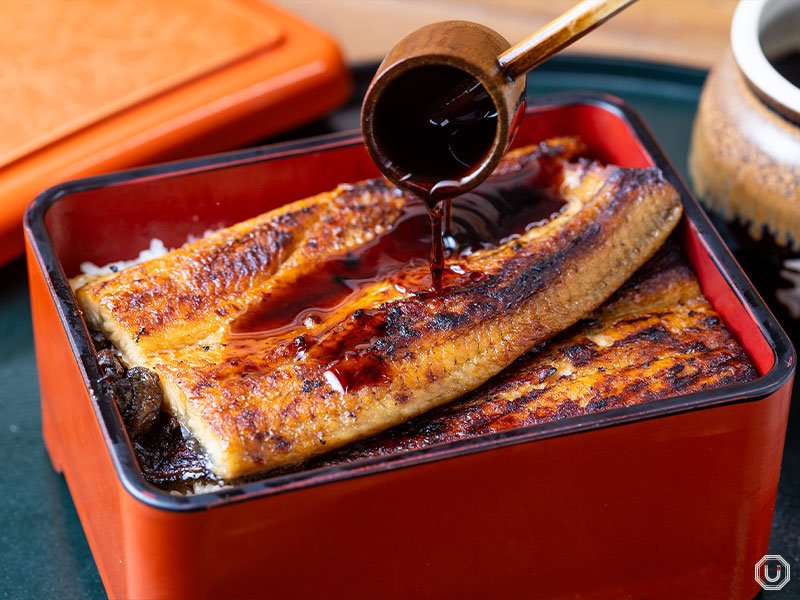
The UNA-JYU OH at Tsukiji Unagi Shokudō
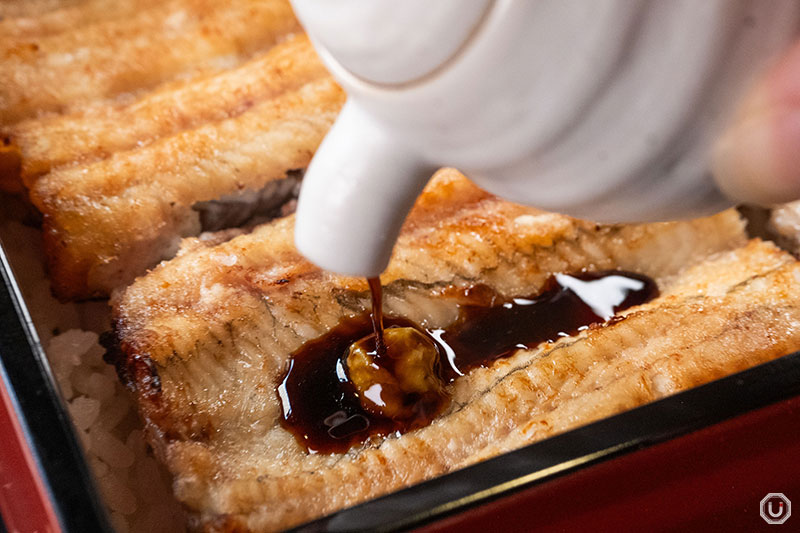
Premium Eel Box without Seasoning at Unagi Kaneichi Higashi Ueno
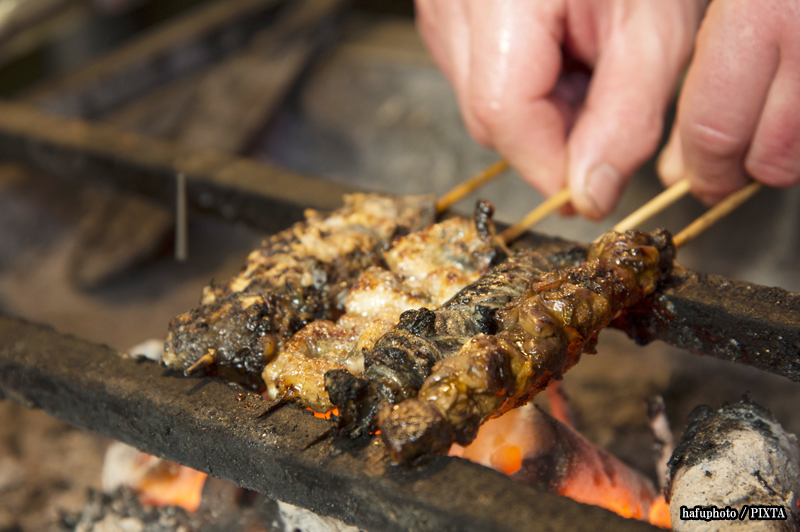
Photo for illustrative purposes
When ordering, it’s worth asking where the eel is sourced, as different regions are known for distinct qualities. And because unagi preparation emphasizes technique as much as flavor, it’s best enjoyed slowly. Also, if you’re interested in trying this prized summer treat, make sure what you’re having is unagi and not the slightly similar-sounding anago (conger eel) which, while also a delicacy in its own right, is a saltwater fish with a different taste and texture.
Final thoughts: Taste a summer tradition that goes beyond flavor
Eating unagi in summer is more than just a seasonal meal: it offers a glimpse into Japanese culture, shaped by centuries of tradition and a practical response to the heat. Rich in flavor and nutrition, unagi holds a special place in the summer dining experience. Whether you prefer the tender texture of Kanto-style or the crisp finish of Kansai cooking, enjoying unagi offers a tangible connection to Japanese culinary history and its long-standing attention to the seasons. If you’re in Japan during the summer, it’s well worth seeking out.
